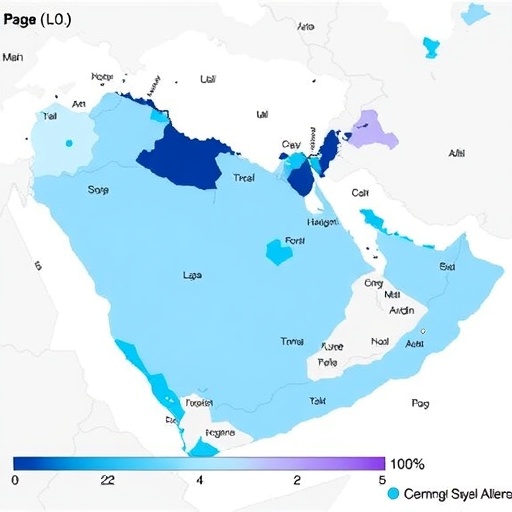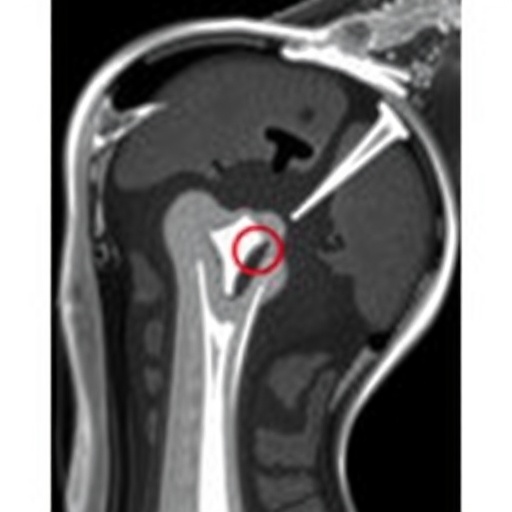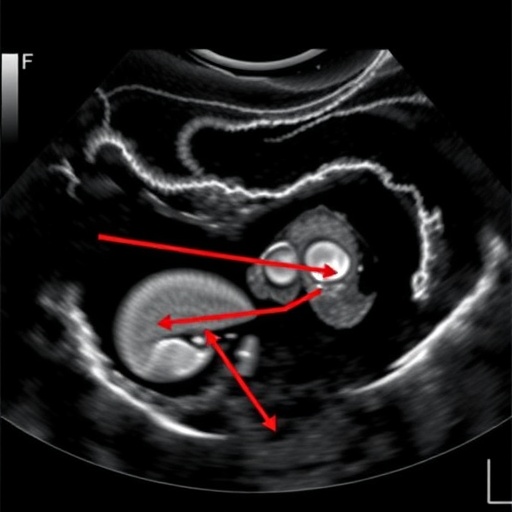Peripheral T-cell lymphoma (PTCL) represents one of the most aggressive and heterogenous groups of non-Hodgkin lymphomas, characterized by distinct biologic behaviors and challenging therapeutic management. A new comprehensive retrospective study conducted over 12 years in Saudi Arabia sheds critical light on the clinical patterns, treatment modalities, and survival outcomes of PTCL patients within the Kingdom. This ground-breaking research not only enhances the understanding of PTCL in a region with a growing lymphoma burden but also exposes significant gaps in current treatment approaches and prognostic challenges.
The research, published in the renowned journal BMC Cancer, meticulously reviewed medical records from two key oncology centers in Saudi Arabia, encompassing data from 99 patients diagnosed with PTCL. The average age of the cohort was 50.7 years, a statistic that is noteworthy because it highlights a relatively younger age at diagnosis compared to PTCL epidemiology in Western and other Asian populations. This demographic nuance raises provocative questions about genetic, environmental, or socioeconomic factors that may be uniquely influencing lymphoma presentation in Saudi Arabia.
Histopathological examination revealed that peripheral T-cell lymphoma-not otherwise specified (PTCL-NOS) constituted approximately 38.4% of cases, making it the most prevalent subtype within this cohort. Close behind was the ALK-negative anaplastic large cell lymphoma (ALK-ALCL), accounting for 26.3%. The prominence of these subtypes underscores the necessity to tailor therapeutic strategies that specifically address the biological traits of these lymphoma categories, which often differ dramatically in behavior and response to treatment.
.adsslot_1ONFZ3DLg0{ width:728px !important; height:90px !important; }
@media (max-width:1199px) { .adsslot_1ONFZ3DLg0{ width:468px !important; height:60px !important; } }
@media (max-width:767px) { .adsslot_1ONFZ3DLg0{ width:320px !important; height:50px !important; } }
ADVERTISEMENT
A disturbing discovery from the study was that a significant majority of patients (60.6%) presented with advanced disease classified as Ann Arbor Stage IV. Coupled with this, over half the patients exhibited an International Prognostic Index (IPI) score of 3 or higher, indicating high-risk disease. These factors collectively paint a grim picture of PTCL detection timing and suggest systemic barriers to early diagnosis and intervention in the region.
Survival analysis revealed disheartening results: the five-year progression-free survival (PFS) rate stood at merely 23.6%, while overall survival (OS) was 44%. These survival outcomes starkly contrast with data from Western cohorts, reinforcing the aggressive nature of PTCL in the Saudi Arabian population coupled with treatment limitations. Notably, statistical significance was detected when comparing survival across different treatment regimens, emphasizing that therapeutic strategy profoundly influences patient prognosis.
Multivariate analysis identified older age as an independent predictor of worse progression-free survival, with a hazard ratio of 1.03 per advancing year. This age-related risk accentuates the biological complexity and decreased treatment tolerance in elderly patients, which complicates management decisions. Additionally, the presence of B-symptoms—fever, night sweats, and weight loss—and extranodal disease involvement emerged as significant independent predictors of poorer overall survival, highlighting the importance of systemic symptomatology and tumor dissemination in disease progression.
The authors of the study draw attention to the pressing need for standardized diagnostic protocols and treatment pathways within Saudi Arabia. The current heterogeneity in management approaches leads to suboptimal outcomes and likely contributes to the disproportionately advanced disease stages at presentation. Early diagnosis, multidisciplinary care coordination, and adherence to evidence-based guidelines could dramatically improve survival metrics.
This retrospective analysis also implicates healthcare infrastructure and awareness as pivotal factors. Delayed referrals to oncology specialists and limited access to cutting-edge therapeutic options may be underlying contributors to the observed survival disparities. The research advocates for policy-level interventions, encompassing increased educational efforts targeting primary care providers and investment in oncologic resources.
Impressively, this study represents a landmark attempt to map the epidemiological and clinical contours of PTCL within the Middle East, a region underrepresented in global lymphoma research. The insights gained provide a foundation for future prospective studies designed to explore novel therapies, including targeted agents and immunotherapies, which hold promise in altering the dismal prognosis associated with PTCL.
Moreover, given the younger age at diagnosis and high-risk features elucidated, there is an implication that genetic or environmental factors unique to the Saudi population might modulate disease biology. Future translational research, incorporating genomic and proteomic profiling, could unravel these mechanisms, paving the way for precision medicine tailored to regional patient populations.
The study’s limitations, including its retrospective nature and the relatively small sample size, are duly acknowledged; nevertheless, its findings are compelling and underscore a critical gap in the current oncologic landscape. There is an urgent call for national cancer registries and prospective clinical trials to validate and build upon the present findings.
In summation, this landmark 12-year analysis exposes the stark realities faced by PTCL patients in Saudi Arabia — younger presentation, advanced staging at diagnosis, treatment heterogeneity, and poor survival outcomes. These findings implore the global oncology community to collaborate in developing and disseminating standardized, effective treatment regimens tailored to this unique population. Only through such concerted efforts can the dismal survival statistics be improved and hope be restored for patients grappling with this formidable hematologic malignancy.
Subject of Research: Peripheral T-cell lymphoma (PTCL) characteristics, treatment patterns, and survival outcomes in Saudi Arabia
Article Title: Treatment patterns and survival outcomes of peripheral T-Cell lymphoma in Saudi Arabia: a 12-Year retrospective analysis
Article References:
Al-Mansour, M., Alghanmi, H.A., Shareef, D.E. et al. Treatment patterns and survival outcomes of peripheral T-Cell lymphoma in Saudi Arabia: a 12-Year retrospective analysis. BMC Cancer 25, 1361 (2025). https://doi.org/10.1186/s12885-025-14793-7
Image Credits: Scienmag.com
DOI: https://doi.org/10.1186/s12885-025-14793-7
Tags: age at PTCL diagnosisALK-negative anaplastic large cell lymphomagenetic factors in lymphomahistopathological examination of lymphomalymphoma epidemiology in Saudi Arabialymphoma treatment modalitiesnon-Hodgkin lymphoma studyPeripheral T-cell lymphomaPTCL outcomes in Saudi Arabiaretrospective study on lymphomasocioeconomic influences on cancer presentationsurvival outcomes PTCL





